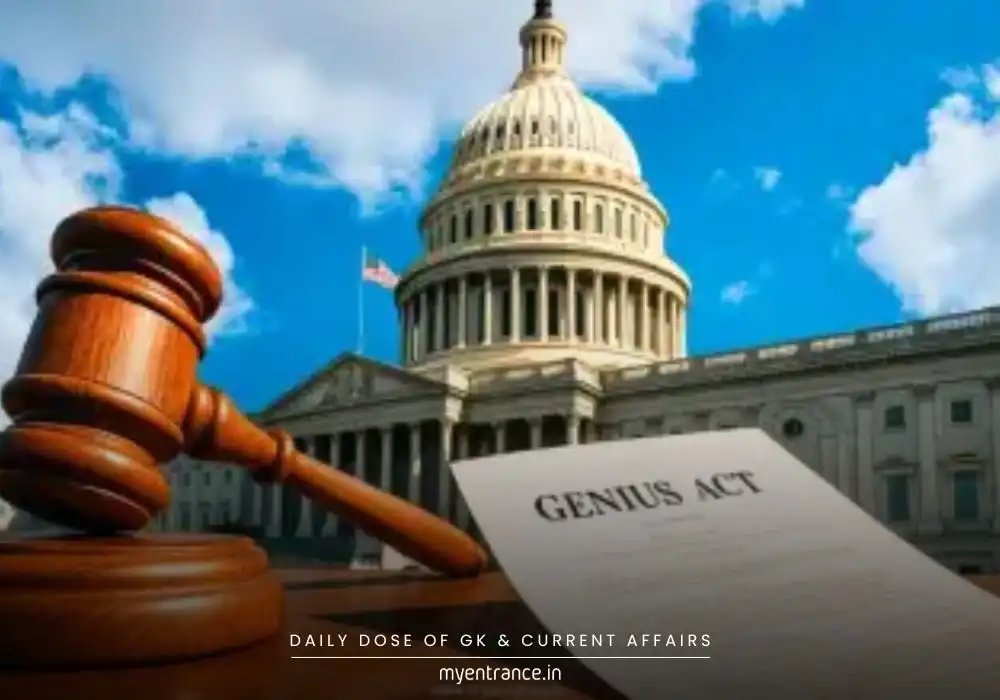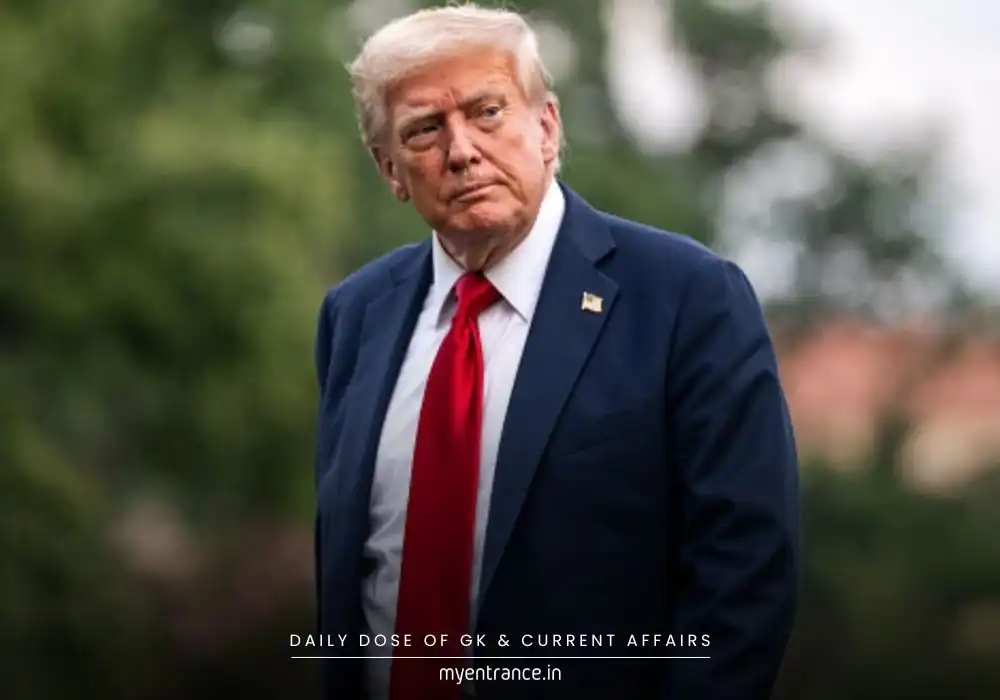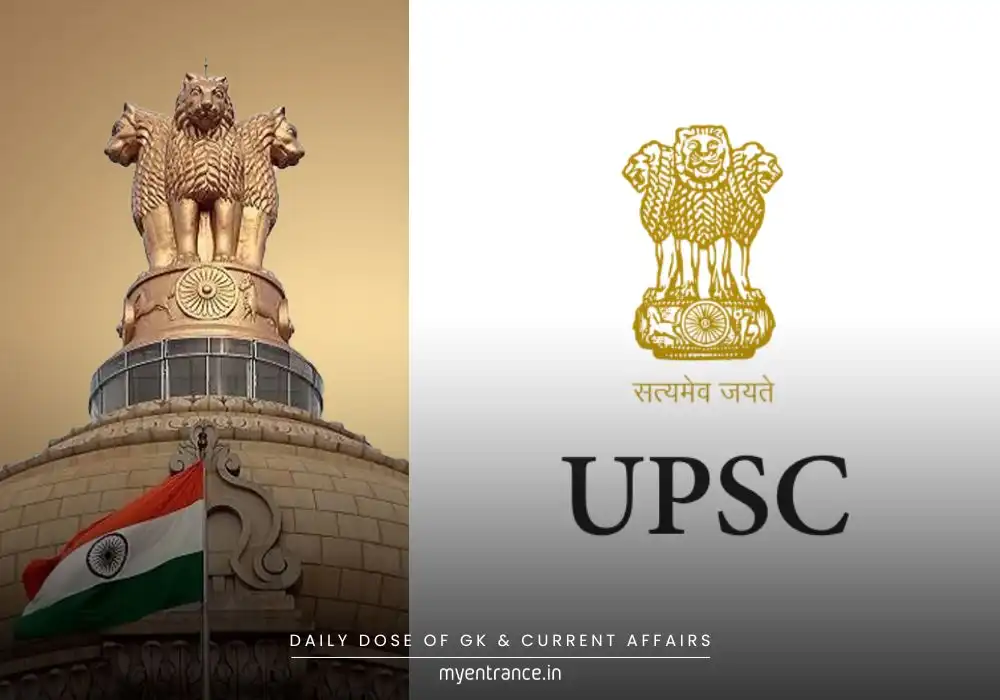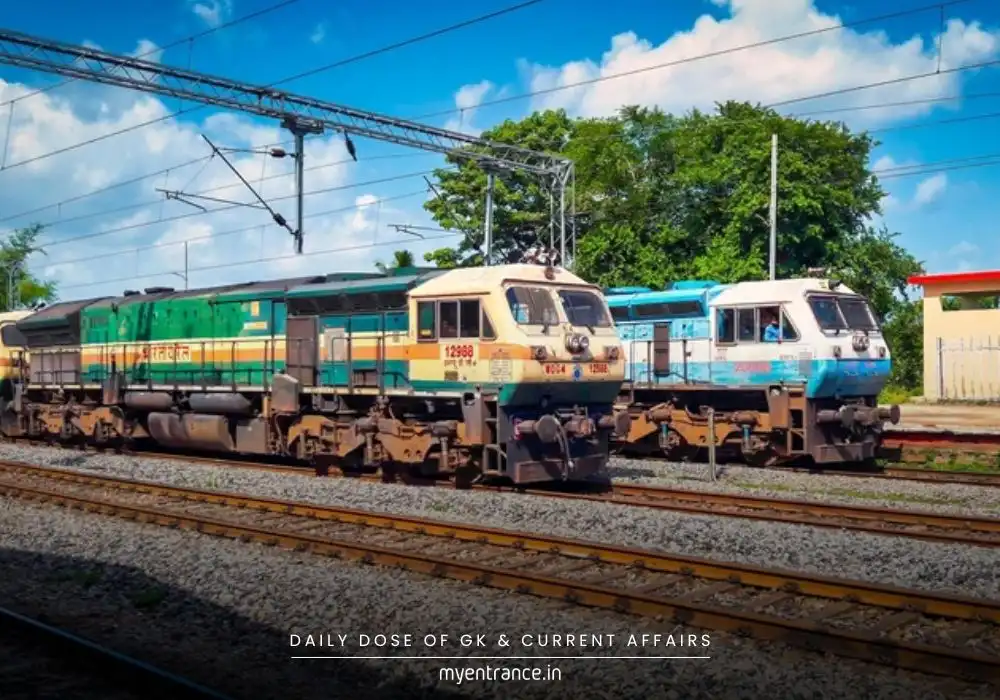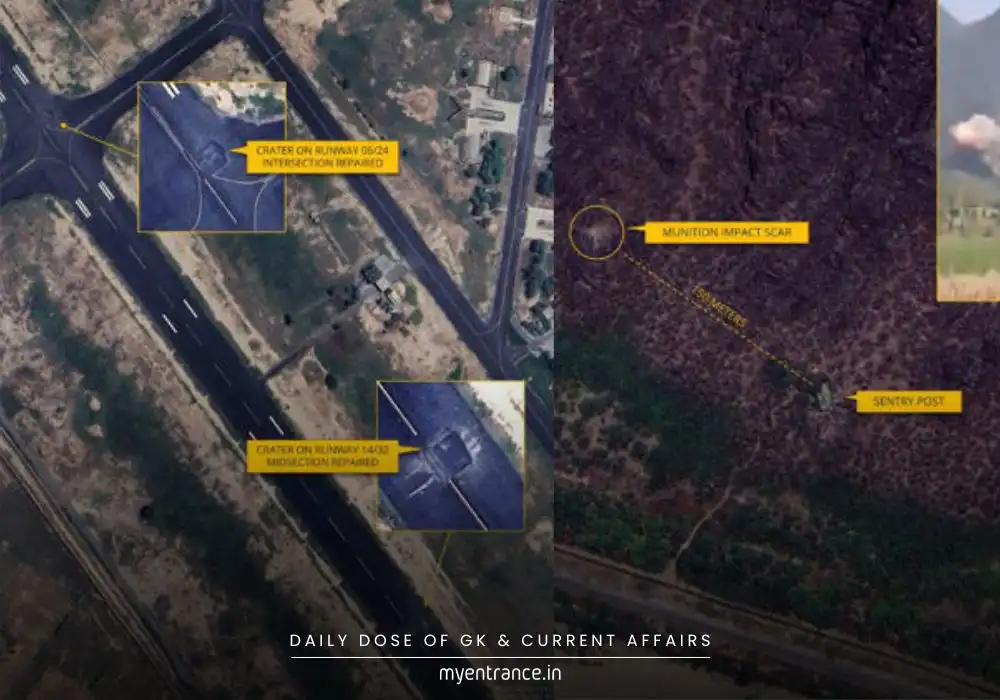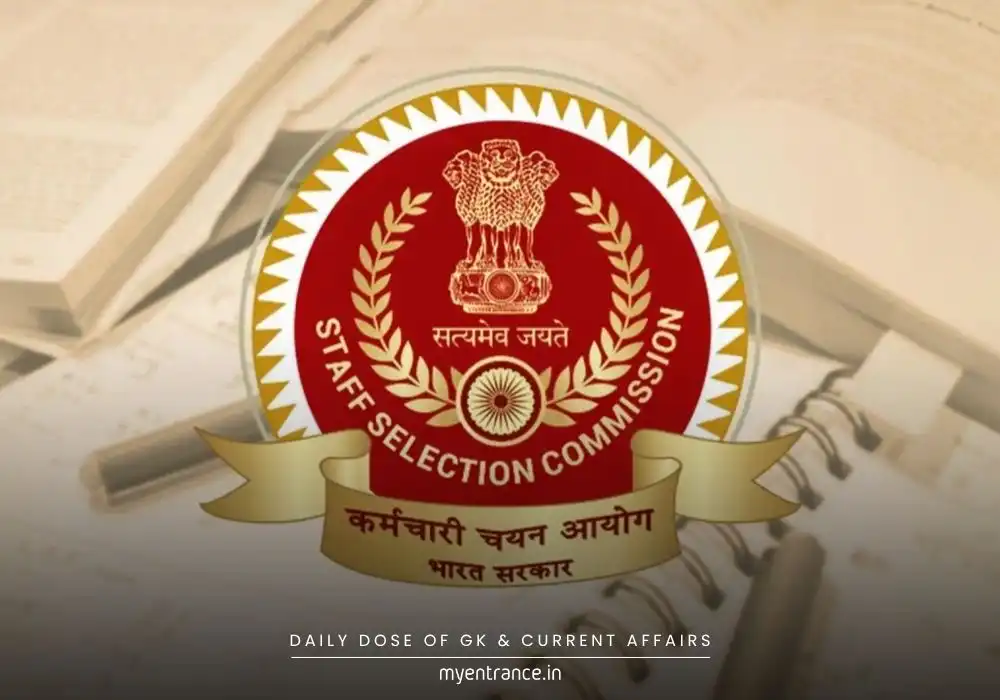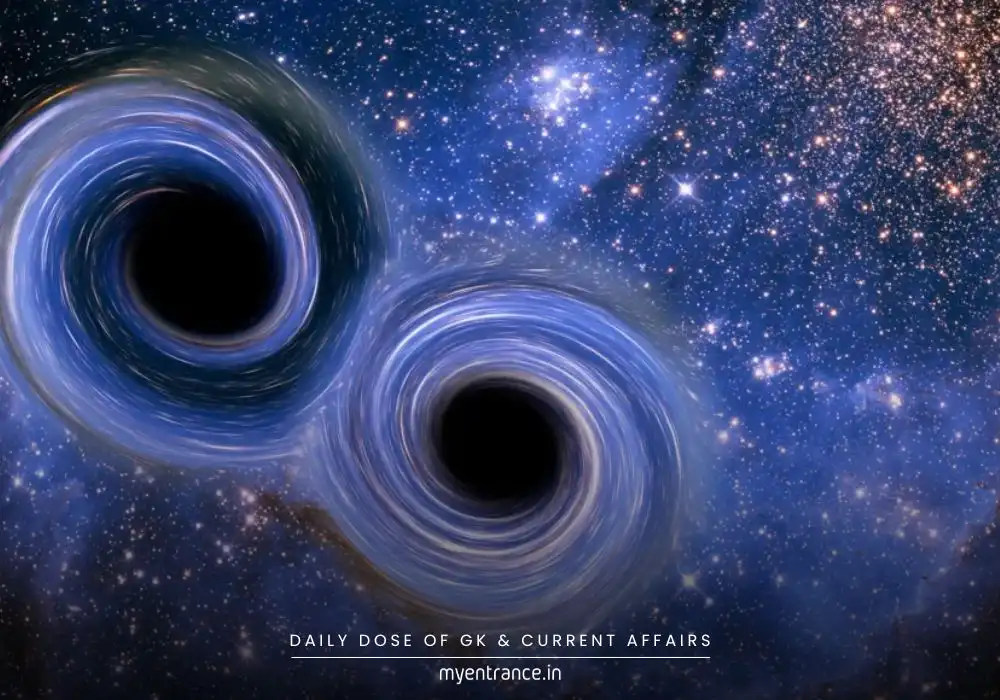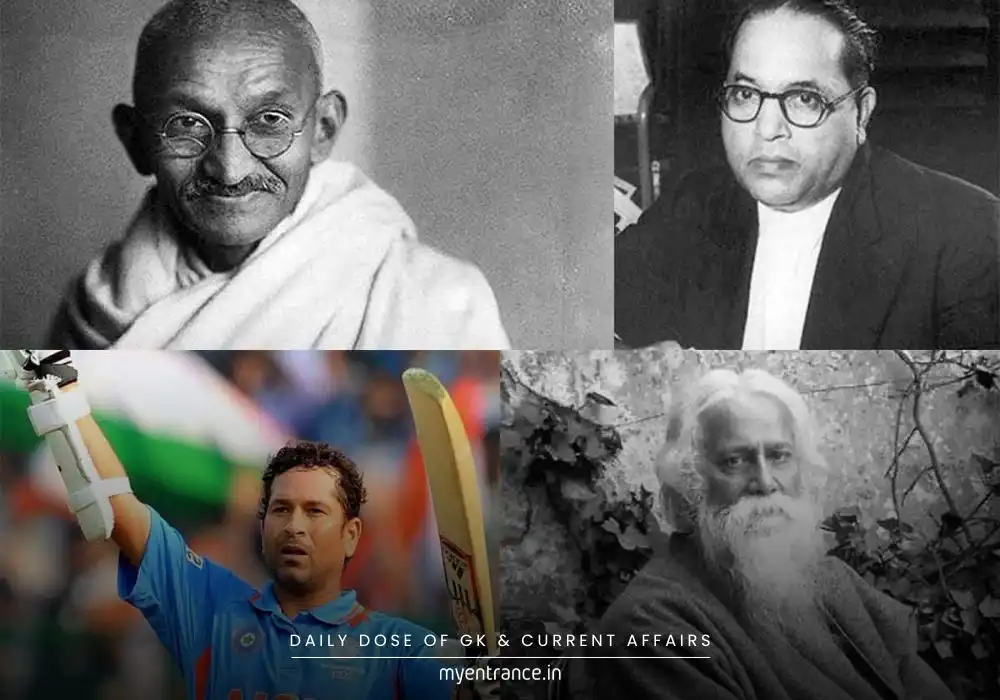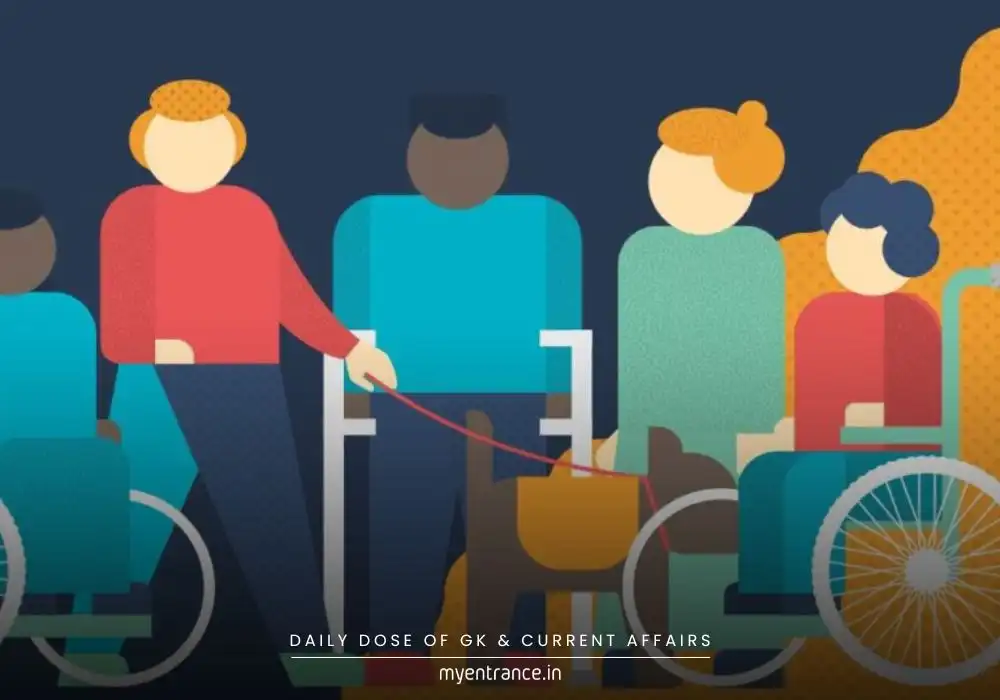Translate Language
Judicial Independence at Stake: Why Justice Varma Moved Against SC Inquiry?
Former Delhi High Court judge Justice Yashwant Varma has moved the Supreme Court against an in-house inquiry report that indicted him. His plea argues the probe created an “extra-constitutional mechanism,” violating Articles 124 and 218 of the Constitution. This case tests the balance between judicial self-regulation and parliamentary sovereignty.
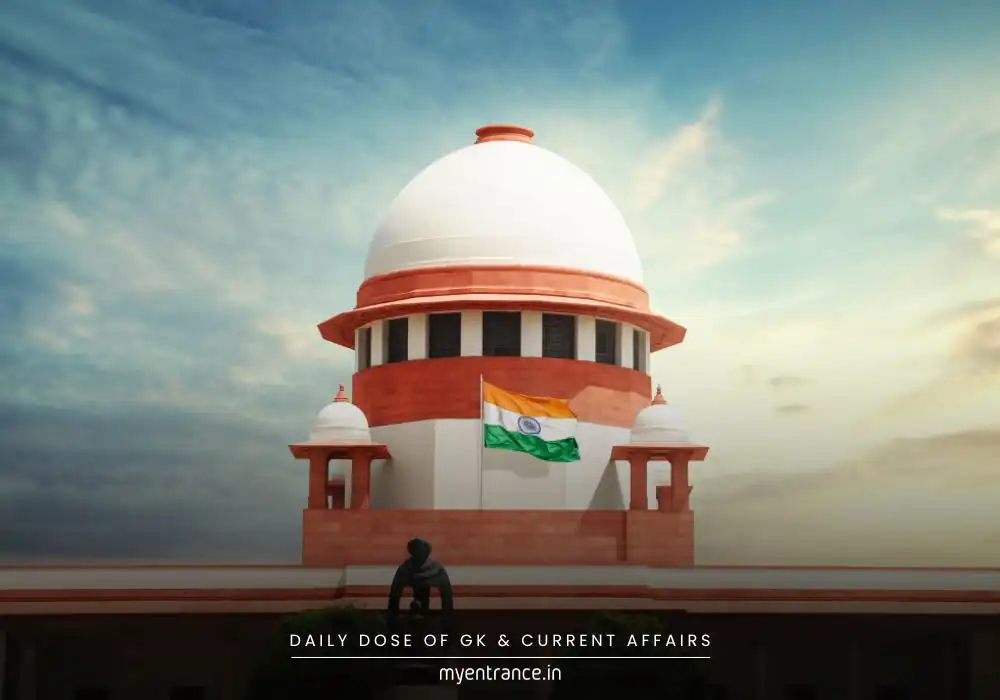
Justice Yashwant Varma, facing an impeachment motion after cash was allegedly found at his residence, has petitioned the Supreme Court. He claims the in-house inquiry panel—formed to investigate the allegations—overstepped its constitutional limits.
The heart of his challenge? The panel’s report didn’t just gather facts; it recommended his removal. Justice Varma argues this violates Articles 124 and 218, which reserve judicial removals exclusively for Parliament. The process requires:
A special majority in both Houses.
An inquiry under the Judges (Inquiry) Act, 1968.
Proof of “misbehaviour” or “incapacity.”
His plea stresses that the Supreme Court’s 1999 In-House Procedure was meant for self-regulation—not to bypass Parliament. By suggesting removal, the panel became a “parallel mechanism,” eroding judicial independence. Crucially, Justice Varma highlights that the Supreme Court holds no supervisory power over High Courts, making the CJI’s role in his removal legally untenable.
The Supreme Court will hear the case next week, with outcomes impacting:
Future complaints against judges.
Parliament’s constitutional authority.
Public trust in judicial accountability.
Sample Q&As for Competitive Exams
Q1: Which constitutional articles govern the removal of High Court judges?
A1: Articles 124(4) and 218 mandate Parliament-led removal via impeachment, based on “proved misbehaviour” or “incapacity.”
Q2: What grounds did Justice Varma cite to challenge the in-house panel?
A2: He called it an “extra-constitutional mechanism” that infringed Parliament’s exclusive removal powers under the Judges (Inquiry) Act, 1968.
Q3: How does the Judges (Inquiry) Act, 1968, operate?
A3: It requires:
A removal motion signed by 100+ Lok Sabha members.
A 3-member inquiry committee (CJI + HC Chief Justice + jurist).
Parliamentary approval by special majority.
Q4: What is the 1999 In-House Procedure?
A4: A self-regulatory mechanism for initial fact-finding in judicial misconduct cases, not a substitute for constitutional removal.
Q5: Does the Supreme Court supervise High Courts?
A5: No. The SC holds appellate jurisdiction but no supervisory authority over HCs—a key argument in Varma’s plea.
Why This Matters for Exams
For UPSC/PSC/SSC Aspirants:
Polity Focus: Tests understanding of judicial independence, separation of powers, and constitutional removal procedures (Articles 124, 218).
Current Affairs: Highlights real-world tensions between judiciary self-regulation and parliamentary sovereignty.
Mains Relevance: Essay topics on “Judicial Accountability vs. Independence” or “Parliament’s Role in Upholding Constitutional Checks.”
For KAS/NID/NIFT:
General Studies: Covers governance, ethics, and public policy dimensions.
Interview Stage: Potential discussion on balancing judicial integrity with due process.
Key Exam Themes:
Constitutional Provisions: Removal of judges, roles of Parliament/CJI.
Judicial Challenges: Delays, opacity, and politicization of appointments/removals.
Doctrine Precedents: Past cases like Justice Ramaswami’s impeachment (1993).
Get 3 Months Free Access for SSC, PSC, NIFT & NID
Boost your exam prep!
Use offer code WELCOME28 to get 3 months free subscription. Start preparing today!

